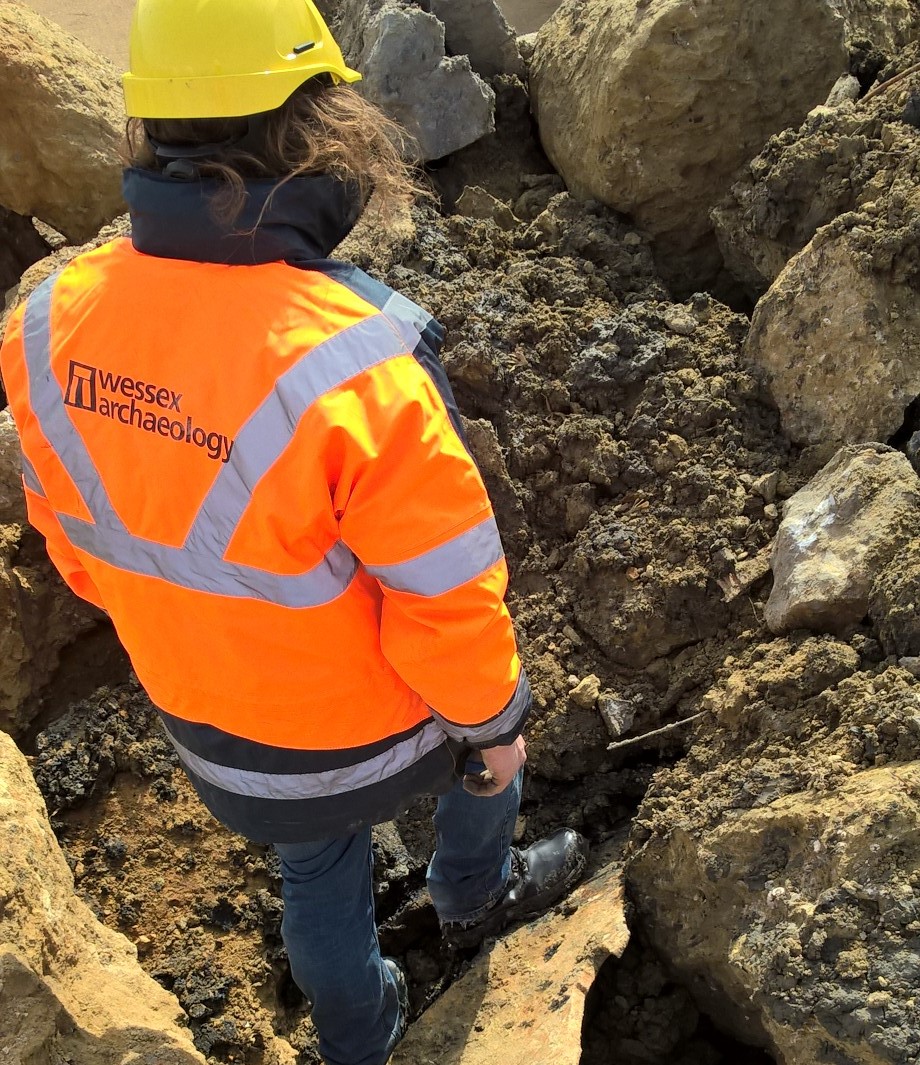
Over recent weeks much of my work has revolved around the upcoming dive season and finds reported to us through the dredging protocols. As a recreational dive instructor I have had very little dealings with surface supply equipment or even full-face masks. So being able to shadow Dive Superintendent Graham Scott while checking, maintaining and testing the dive equipment was an excellent chance to gain knowledge about the equipment itself. After checking over the voice communications, video feed and obviously air supply, we serviced the Kirby Morgan switching blocks with nice clean, new O rings. After this we had an external test of the dive kit, and once again I was given the chance to shadow while this was taking place. So while I still have very limited dives in a full-face mask, and none in surface supply kit, I now have a far improved knowledge of the equipment, that others will be using over the upcoming dive season, and hopefully get a few dives in full-face masks myself over the season.
As mentioned previously, other work that I have been undertaking includes the latest discoveries reported through the Marine Aggregate Industry Protocol for the Reporting of Finds of Archaeological Interest. I have completed the reports for quite a lot of these now (so go and read them!), and I have noticed an improvement in my own abilities in artefact identification, report writing and organisational skills. All of the current finds reported through the Protocol are uploaded to the RSS feed as soon as possible, and then single page wharf reports are distributed among the wharf and vessel staff, as well as the Receiver of Wreck, Historic England, local HERs and The Crown Estate.
I have also completed my first two solo field trips since my last blog. The first was delivering archaeological timbers to a student at Bournemouth University to aid in their research for their Master’s thesis. And the second being a trip to Portsmouth, where the channel is being deepened. The aim of the visit was to undertake Quay Side Archaeological Monitoring.